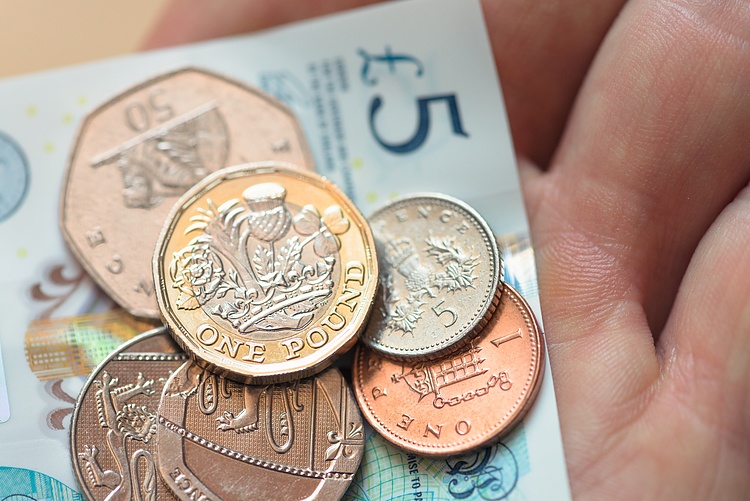The Pound Sterling (GBP) has seen gains against the US Dollar following Federal Reserve (Fed) Chair Jerome Powell’s statements on disinflation and the possibility of rate cuts. Powell expressed optimism on the progress in disinflation, stating that more good inflation data is needed before considering reducing interest rates. The Pound Sterling has consolidated below the resistance of 1.2700 after recovering from a recent low of 1.2615. The US Dollar will be influenced by upcoming economic data such as the US ISM Services PMI, ADP Employment Change for June, and the FOMC minutes.
Powell’s comments have led to speculation on potential rate cuts in September, with the US Dollar’s near-term outlook becoming uncertain. Investors will closely monitor the United States Nonfarm Payrolls report for June to gauge the strength of the US economy. Additionally, the ADP Employment Change, US ISM Services PMI, and FOMC minutes will provide further insight into the economic conditions in the US.
The Pound Sterling has outperformed most of its peers, except the US Dollar and the Australian Dollar. The British currency remains strong as Bank of England policymakers express concerns about stubborn inflation in the UK service sector. With the UK elections approaching, investors will focus on potential outcomes and their impact on the currency markets. A new government formation could lead to expanded fiscal policies, affecting the BoE’s stance on interest rates.
In terms of technical analysis, the Pound Sterling has climbed above the 61.8% Fibonacci retracement level after a recovery from support at 1.2600. The GBP/USD pair is aiming to surpass key moving averages, indicating a potential upward trend. Market participants remain indecisive, as reflected by the 14-day RSI oscillating in a range between 40.00 and 60.00.
Key factors that influence the value of the Pound Sterling include monetary policy decisions by the Bank of England, economic data releases, and trade balance figures. The BoE’s focus on maintaining price stability through interest rate adjustments plays a crucial role in shaping the currency’s value. Strong economic indicators such as GDP, PMIs, and employment data are positive for the Pound Sterling, while weak data can lead to depreciation. Additionally, a positive trade balance strengthens the currency, reflecting the demand for exports and foreign investment in the UK.










